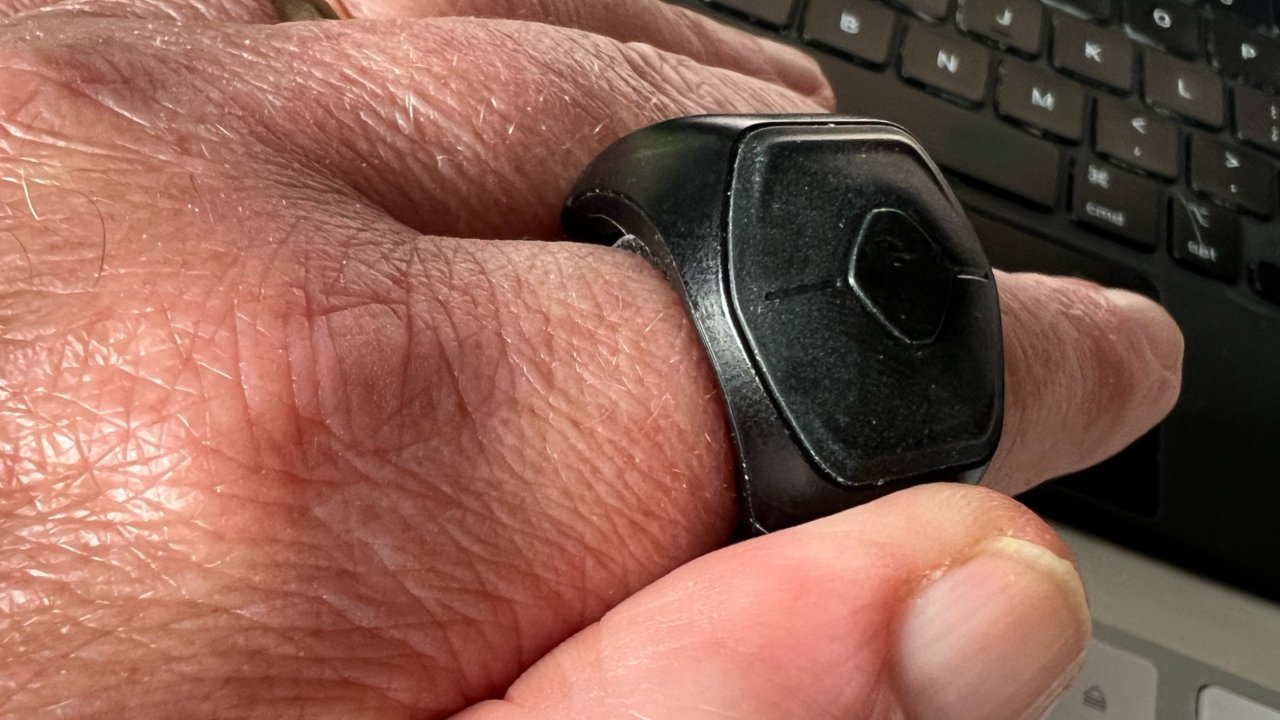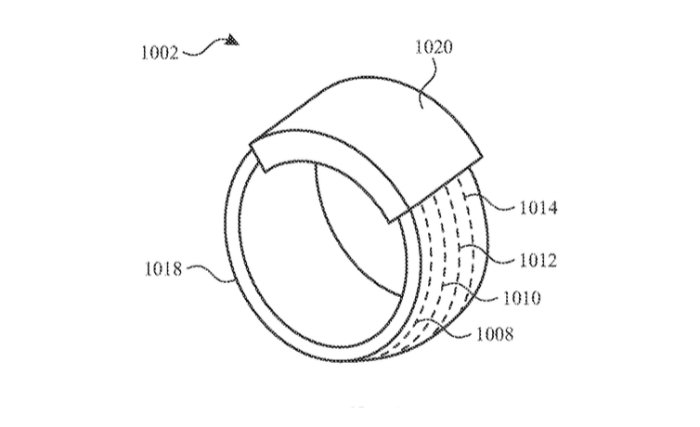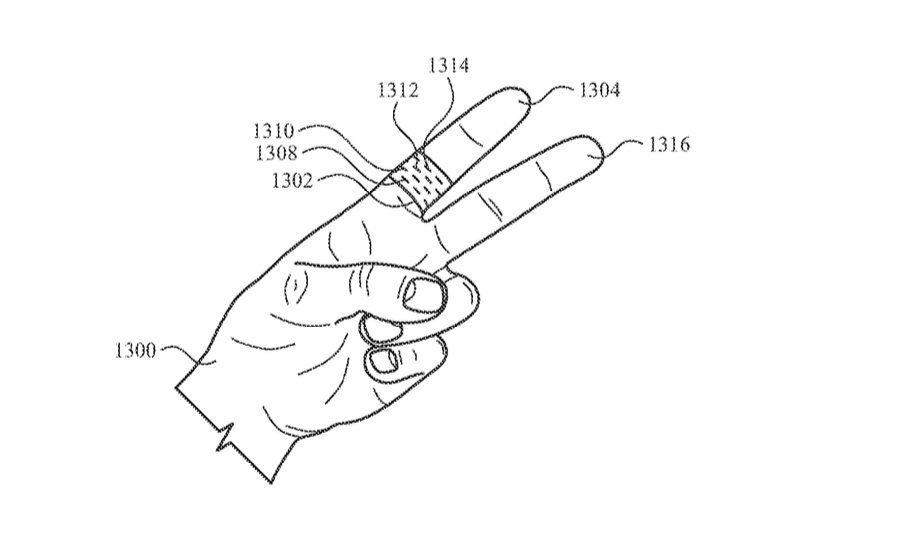
Apple's Smart Ring may be able to spot when snap your fingers
Skin to skin detection could mean a future Apple Smart Ring can be controlled with the swipe of a thumb, plus it could spot when you’re playing rock, paper, scissors.
Apart from a joke that went viral about Apple’s smart rings detecting infidelity, this is one potential device that hasn’t received much attention from the rumor mill lately. Yet Apple has been researching smart rings plus accessories for it — and now it’s been granted another related patent.
This newly-granted patent, “Skin-To-Skin Contact Detection,” covers multiple ways of detecting “contact or movement gestures between a first body part and a second body part.” That includes options that seem more relevant to Apple Watch bands, or even just a person’s hands interlocking, but it comes down to both skin and gesture detection.
“This also relates to devices and methods of detecting gestures,” says Apple, “between a finger of one hand and other body parts (e.g., other fingers or a thumb on the same hand, or the opposing hand) using a device (e.g., a ring) on each of multiple fingers of the same hand, or on fingers of different hands.”
“Sense circuitry in each device can be configured to sense a signal at one or more sense electrodes in the device in response to drive signals applied to a drive electrode in each of the devices,” it continues. “When a particular gesture is detected, an operation can be initiated.”
One of the example illustrations shows how a person’s hand position changes when they press their finger and thumb together, for instance. “[It shows] a hand with an index finger supporting a wearable device (e.g., a ring) but not making contact with a thumb.”
Then a second illustration shows when “the index finger is now making contact with the thumb.” Apple’s proposed system will recognize the touch, and also generate “a sense output signal when the index finger and thumb make and break contact.”
Other examples show a user pressing a finger of one hand into the palm of the other, which in theory doesn’t necessitate a ring. But it’s all about pressures and detecting movement.
So consequently still more illustrations show when a user’s fingers are opened wide, or closed back up together. There is an implied facility for that user to stroke or swipe on the ring, but it’s about the pressures of two fingers in contact.
Which means that, yes, a future Apple Smart Ring could be used in some kind of remote or virtual game of rock, paper, scissors.
This patent is credited to one inventor, Michael J. Beyhs, whose previous work for Apple includes a system for a touch- and light-sensitive Apple Watch Digital Crown.



